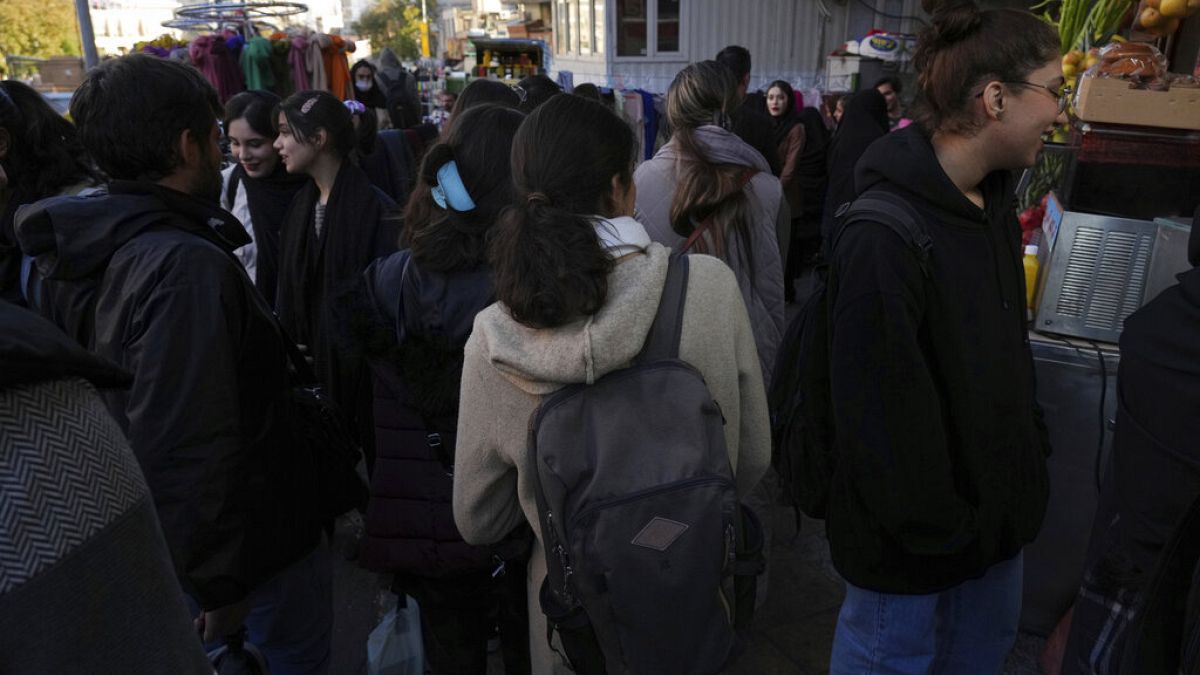Fire at ancestral home of Islamic republic founder Ayatollah Khomeini
Iranian protesters set fire to the old home of the country's former supreme leader Ayatollah Ruhollah Khomeini on Thursday.
The home-turned-museum in Khomein belonging to the Islamic Republic’s founder was set on fire using petrol bombs, videos shared on social media showed.
It comes as nationwide protests over the death of 22-year-old Mahsa Amini, in police custody, enter their third month.
Slogans against Iran’s clerical leaders were also heard in the videos.
Anniversary demonstrations
This week's protests coincide with the third anniversary of "Bloody Aban" or Bloody November when hundreds were killed in a crackdown on street violence that erupted over a shock overnight decision to hike fuel prices.
Security forces on Thursday killed one protester in Bukan and two in Sanandaj, where mourners were paying tribute to "four victims of the popular resistance" 40 days after they were slain, the Oslo-based Hengaw rights group said.
The tradition in Iran of holding a "chehelom" mourning ceremony 40 days after a death has fuelled the demonstrations that have become the regime's biggest challenge from the public in decades.
Fears are growing that the regime is turning "more violent after being unable to suppress the people for two months", said Saeid Golkar, from the University of Tennessee at Chattanooga.
Speculation has mounted that Iran's leadership has decided to crush the protest movement in the same way that it did in November 2019, when security forces killed at least 304 people, according to Amnesty International.
The unrest has been fanned by fury over the brutal enforcement of the mandatory hijab law, but has grown into a broad movement against the theocracy that has ruled Iran since the 1979 Islamic Revolution.
